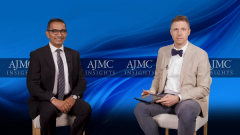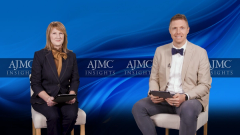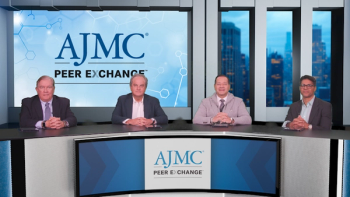
The Clinical Burden of Negative Symptoms
Panelists discuss how negative symptoms create significant patient burden by appearing during the prodromal period in late adolescence and requiring a comprehensive biopsychosocial treatment approach that addresses biological, psychological, and social aspects of care.
Episodes in this series

Patients with schizophrenia typically experience symptom onset during late adolescence or early 20s, but negative symptoms often appear earlier during a prodromal period. During middle to late high school, patients may become withdrawn, experience declining grades, and show subtle behavioral changes that families often attribute to normal adolescent development. Early intervention during this prodromal phase, before acute positive symptoms emerge, could significantly improve patient outcomes and long-term prognosis.
The clinical burden of negative symptoms extends beyond the patient to affect entire families and health care systems. These patients often present to primary care physicians or pediatricians rather than mental health specialists, creating a need for broader education among health care providers. Early recognition and intervention could prevent the progression to more severe symptoms and reduce the overall burden on patients, families, and health care resources.
Comprehensive treatment for patients with schizophrenia requires a biopsychosocial approach addressing biological, psychological, and social factors. While medications address the biological component, patients also need psychological interventions like cognitive or group therapy, and social support including housing assistance and social skills training. Many patients with schizophrenia struggle to interpret social cues, making social rehabilitation a critical component of care. This comprehensive approach represents a significant unmet need in current treatment paradigms, with newer modalities showing promise for addressing these complex patient needs.
Newsletter
Stay ahead of policy, cost, and value—subscribe to AJMC for expert insights at the intersection of clinical care and health economics.
















































